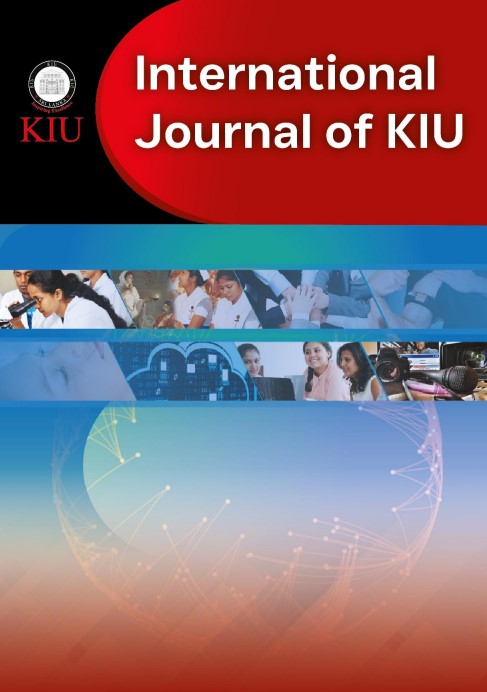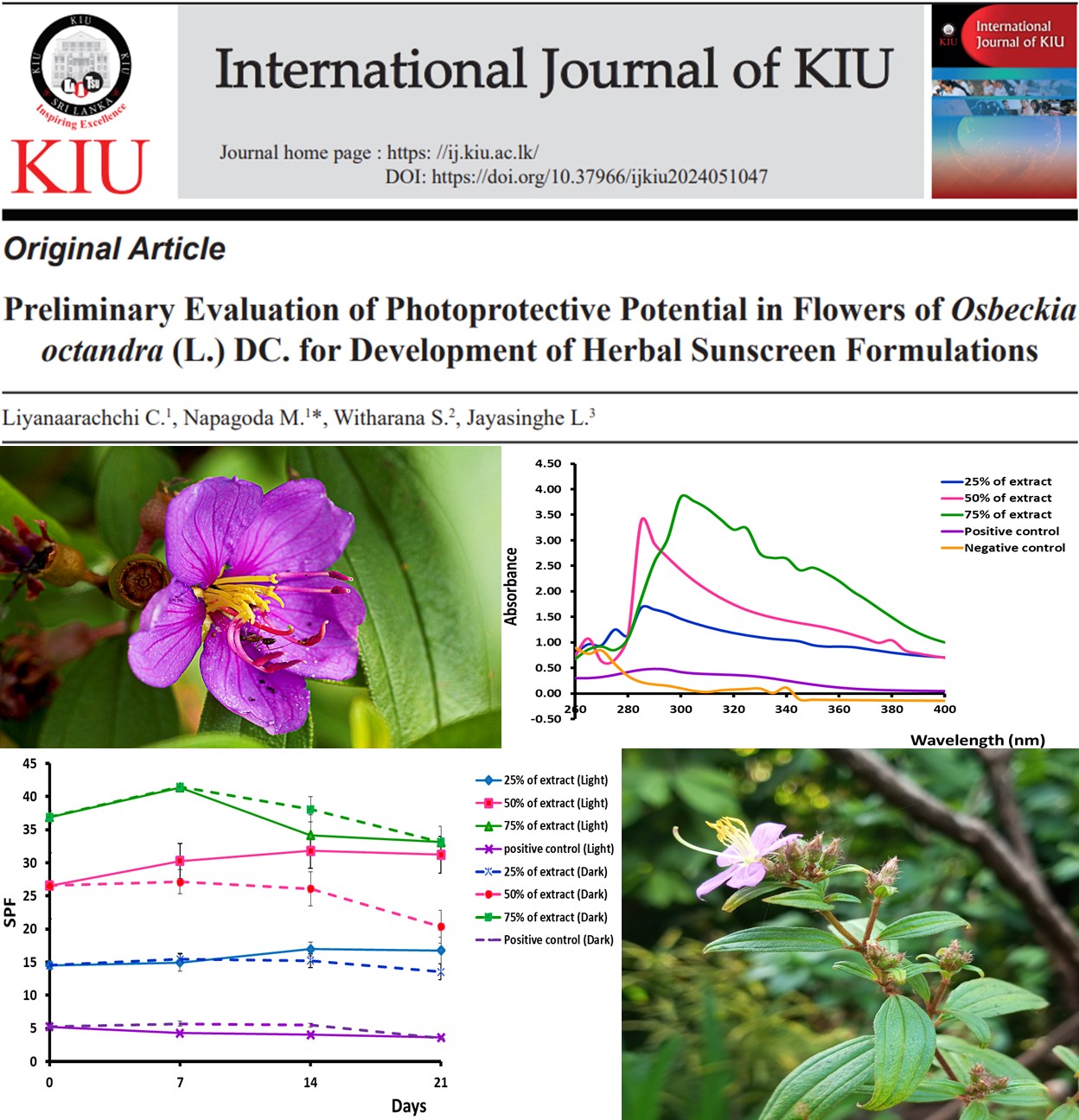Use of Interaction for Enhanced Communication in Engish as a Second Language Classroom
Introduction: The acquisition of English as a Second Language (ESL) is in demand due to globalization. Although educators apply different techniques in teaching the English language effectively; acquiring a second language should incorporate interaction to facilitate both educators and learners to communicate effectively.
Objective: This review aims to empower educators to incorporate interaction into active learning within the ESL classroom by exploring valuable insights from scholarly perspectives, encompassing various types of interaction, interaction principles, the pivotal roles of teachers, and a diverse range of activities to enhance communication in ESL classrooms.
Methodology: A standardized methodology was deployed in this review. The literature review was carried out using keywords related to ESL classrooms and interaction to search for scholarly articles and books from 1978 to 2023. Non-peer-reviewed sources and non-English language studies were excluded. The extracted data were thematically analyzed.
Results: The review identified student interaction as a fundamental element in the acquisition of English as a second language. Further, it was found that various interaction types, peer interaction, interactive principles, the teacher's role, and classroom activities are conducive to enhanced communication in ESL classrooms.
Conclusion: Interaction stands as an indispensable foundation for achieving success in the acquisition of English as a second language. The factors discussed in this review empower educators to seamlessly integrate interaction into second language acquisition.
Keywords
Activities
,
ESL classrooms
,
Interaction
,
Second Language Acquisition
,
Teacher’s role


















Related Articles